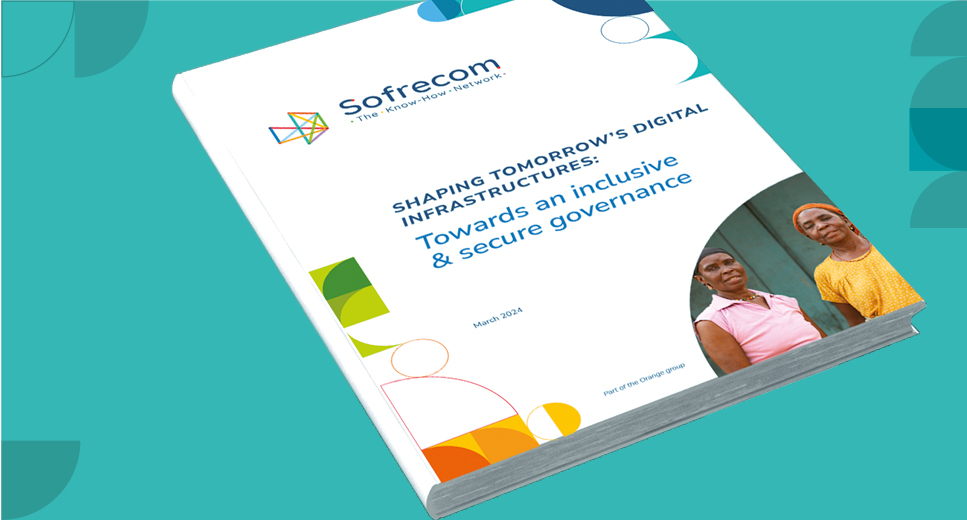
As a double-edged sword, 5GCaaS exposes the inherent constraints of Software as a Service (SaaS) offerings. The crucial question for the industry lies in the ability of these architectures to function at a large scale.

In situations where mobile operators grapple with heightened pressures in terms of capital expenditures and the imperative for productivity gains, virtualization emerges as a strategic imperative. This approach, which emphasizes the development of software versions over hardware for network infrastructures, bestows unparalleled flexibility. The inherently virtualized nature of 5G enables operators to leverage network functions as services, notably the core network, introducing the concept of 5G Core Network as a Service (5G CaaS).
The landscape of 5G CaaS is diverse, encompassing established vendors such as Nokia and Ericsson, along with the emergence of new players like Athonet, in addition to the presence of cloud giants like Microsoft and AWS. This array not only presents a spectrum of partnership opportunities for mobile network operators but also poses challenges that must be surmounted.
An increasing need for 5G CaaS: a beneficial solution for MNOs
The innovative features of 5G core networks combined with software (SaaS)
The innovative features of the 5G Core network, when integrated with the Software as a Service (SaaS) approach, give rise to a potent solution known as 5G CaaS. The 5G Core network introduces notable advancements like network slicing, massive internet of things (IoT) connectivity, and heightened security. When partnered with SaaS software solutions, it forms a versatile environment tailored to the dynamic demands of the telecommunications industry.
Agility, cost savings, and security with 5G CaaS
5G CaaS brings substantial operational gains to the core of 5G, providing crucial flexibility for the core network on-demand. Ipsos conducted a survey in 2022 revealing significant savings exceeding 25%, thereby avoiding substantial initial investments. This agility enables operators to swiftly adapt to market changes, deploy services progressively,
and efficiently manage increased loads before large-scale deployment.
The integration of SaaS software enhances operational security by introducing centralized management tools, enabling real-time monitoring and centralized responses to threats. Automated updates to protective mechanisms reduce vulnerabilities associated with outdated software. Furthermore, the incorporation of robust security protocols ensures
secure data transmission between various network points.
A diverse market
Early adopters of 5G CaaS include operators with frequencies for specific use cases and MVNOs. As private networks evolve, businesses also become potential users, often in collaboration with integrators.
Challenges to overcome
- Regional differences: The Ipsos survey revealed regional variations in the reception of 5G CaaS. Europe is strategically hesitant, while Latin America grapples with ongoing economic uncertainties despite being intrigued. Africa, although enthusiastic, has not yet fully implemented 5G across the continent. In Asia, despite widespread adoption, there are lingering concerns about technology and control. These differences highlight the need for tailored approaches in each region for the seamless integration of 5G CaaS.
- Service differentiation based on APIs with a shar ed core: One significant challenge associated with 5G CaaS lies in the difficulty of differentiating services within a shared core. When multiple operators use the same central infrastructure, customizing services becomes complex. To overcome this, 5G CaaS operators must provide autonomous instances for each operator, enriched with APIs that enable independent management of the functional and operational aspects of their activities within the network.
- Reliance on external partners: When mobile operators delegate their core network to service providers, concerns may arise about relinquishing direct control over customer relationships. Hence, it becomes crucial to present oneself as a facilitative platform that enables delegation and outsourcing of the core network, rather than merely providing infrastructure within the operator’s data center. The potential to switch to another provider and migrate existing setups should be carefully considered.
- Localization, security, and data confidentiality: Strict regulations governing data localization, along with the imperative to safeguard sensitive information, necessitates the implementation of rigorous guidelines. Users of 5G CaaS should ensure adherence to local regulations. Moreover, introducing redundancy measures becomes vital to bolster security on various fronts. Shared audits or consulting independent experts becomes essential when the need arises. Need for Assurance Regarding Quality and Performance Operators are determined to ensure that the transition to 5G CaaS does not compromise service quality. Robust contractual agreements and SLAs that clearly define responsibilities and concerted measures are essential. Beyond SLAs, the ability to effectively manage non-nominal processes is crucial.
In summary, 5G CaaS emerges as a pivotal opportunity for telecom operators, delivering substantial benefits. However, like a double-edged sword, it also lays bare the limitations inherent in software-as-a-service (SaaS) offerings. The industry’s pivotal evolution revolves around the scalability of these architectures. Although operators (at times) harbor reservations regarding the capability of these structures to manage tens of millions of subscribers, it is vital to underscore that, across various sectors, the cloud has proven its ability to exceed initial expectations. Netflix’s evolution from a DVD-by-mail rental service to one of the world’s largest streaming platforms exemplifies this, enabled by the adaptability provided by cloud computing services.





